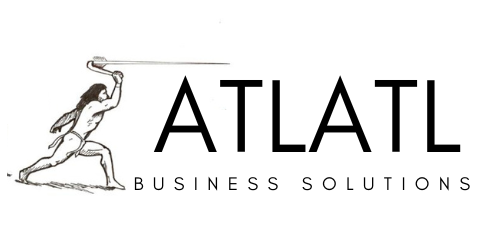As businesses evolve and grow, organizational change becomes inevitable.
However, implementing change within an organization can be challenging, particularly if employees are resistant to it.
Communication is key in such circumstances, and it is essential to let employees know that change is coming in a way that helps them buy-in and support the changes.
Here are some practical tips for communicating organizational change to your employees:
- Be transparent about the change: When change is coming, it is essential to be honest and transparent with employees. Share information about the change and why it is necessary. Explain how the change will impact the organization, and what the expected benefits will be. Being transparent with your employees will help to build trust and credibility, which is crucial for any change initiative.
- Communicate early and often: It is crucial to communicate the change early and often. Starting the communication process as soon as possible will help employees understand the need for the change and the reasoning behind it. Communicating regularly during the change process will also help to alleviate concerns and ensure that employees feel informed and engaged.
- Provide opportunities for feedback: Change can be unsettling, and employees may have concerns or questions. Providing opportunities for feedback can help to address any concerns and ensure that employees feel heard and valued. Consider setting up regular meetings, town halls, or Q&A sessions where employees can ask questions and share feedback.
- Address the WIIFM (what’s in it for me): Employees want to know how the change will impact them personally. Be sure to communicate the “What’s In It For Me” (WIIFM) factor by sharing how the change will benefit them. This can include opportunities for growth and development, increased job security, or a better work-life balance.
- Create a sense of ownership: Involving employees in the change process can help create a sense of ownership and buy-in. Consider creating employee task forces or committees to help drive the change process. This will give employees a sense of ownership and help to ensure that the changes are implemented successfully.
- Provide training and support: Change can be challenging, and employees may need additional training and support to adapt to new ways of working. Ensure that employees receive the necessary training and support to succeed in the new environment.
Communicating organizational change is critical to gaining employee buy-in and support.
By being transparent, communicating early and often, providing opportunities for feedback, addressing the WIIFM factor, creating a sense of ownership, and providing training and support, you can successfully implement organizational change while ensuring that your employees are engaged and supportive throughout the process.

